Overview of Forage Quality
In a detailed discussion with Dr. Dan Putnam, a professor emeritus renowned for his expertise in forage, particularly alfalfa, several key points about forage quality were highlighted that directly impact its market value. Dr. Putnam emphasized that the digestibility of fiber—particularly how Neutral Detergent Fiber (NDF) and Acid Detergent Fiber (ADF) influence the nutritional uptake—is crucial for assessing the quality of hay. Lower ADF values, which indicate higher digestibility, are particularly desirable as they suggest that the forage will provide more energy to the livestock. Moreover, he pointed out that the timing of harvest can significantly affect the sugar content and overall energy value of the forage, which in turn enhances its market desirability.
Economic Impact of Forage Quality
The quality of forage plays a pivotal role in its economic value in the market. High-quality forage that demonstrates favorable NDF and ADF levels, optimal digestibility, and a high leaf-to-stem ratio commands higher prices for several reasons:
- Improved Animal Health and Productivity: High-quality forage leads to better animal health and increased milk or meat production, which is highly valued by livestock producers.
- Reduced Feed Costs: More digestible forage means that less feed is required to meet the nutritional needs of livestock, making high-quality forage more cost-effective over time.
Conversion of High-Quality Hay to Cash
The ability to convert high-quality hay into cash more readily than low-quality hay stems from several factors:
- Higher Demand: Dairy farmers and other livestock producers seek out high-quality forage first as it directly impacts animal productivity and health. This demand ensures quicker sales cycles, even in difficult market conditions.
- Reduced Waste and Increased Efficiency: Livestock efficiently utilize high-quality hay, leading to less waste. This efficiency is economically beneficial for producers, making high-quality forage a more attractive purchase.
- Marketing and Branding: Sellers of high-quality hay can leverage laboratory feed analysis results to market their product more effectively. This transparency helps in building trust and a reputation for providing superior products, which can command premium prices.
Strategies for Hay Farmers
To capitalize on the economic benefits of high-quality forage, hay farmers should consider implementing the following strategies:
- Regular Feed Testing: Engaging in regular testing of hay to assess its nutritional content and digestibility can provide farmers with critical data to improve harvesting techniques and forage management.
- Optimal Harvesting Practices: As suggested by Dr. Putnam, harvesting in the afternoon when sugar levels are higher can increase the nutritional value of the forage.
- Educational Marketing: Educating potential buyers about the specific qualities of their forage, supported by quantitative data like NDF, ADF, and digestibility percentages, can help farmers differentiate their product in the market.
By leveraging the science behind forage quality, hay farmers can enhance both the desirability of their product and their profitability. High-quality forage not only meets the dietary needs of livestock more effectively but also represents a sound financial investment for both producers and buyers in the agricultural sector.
